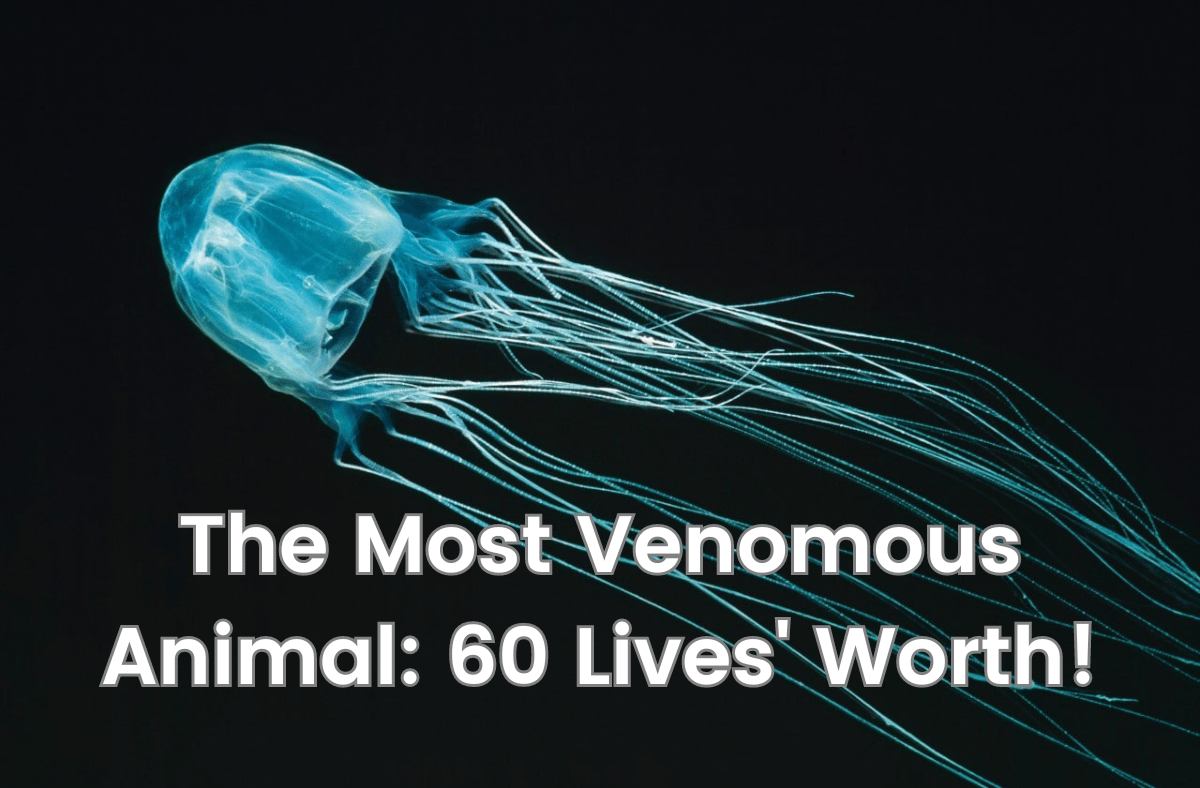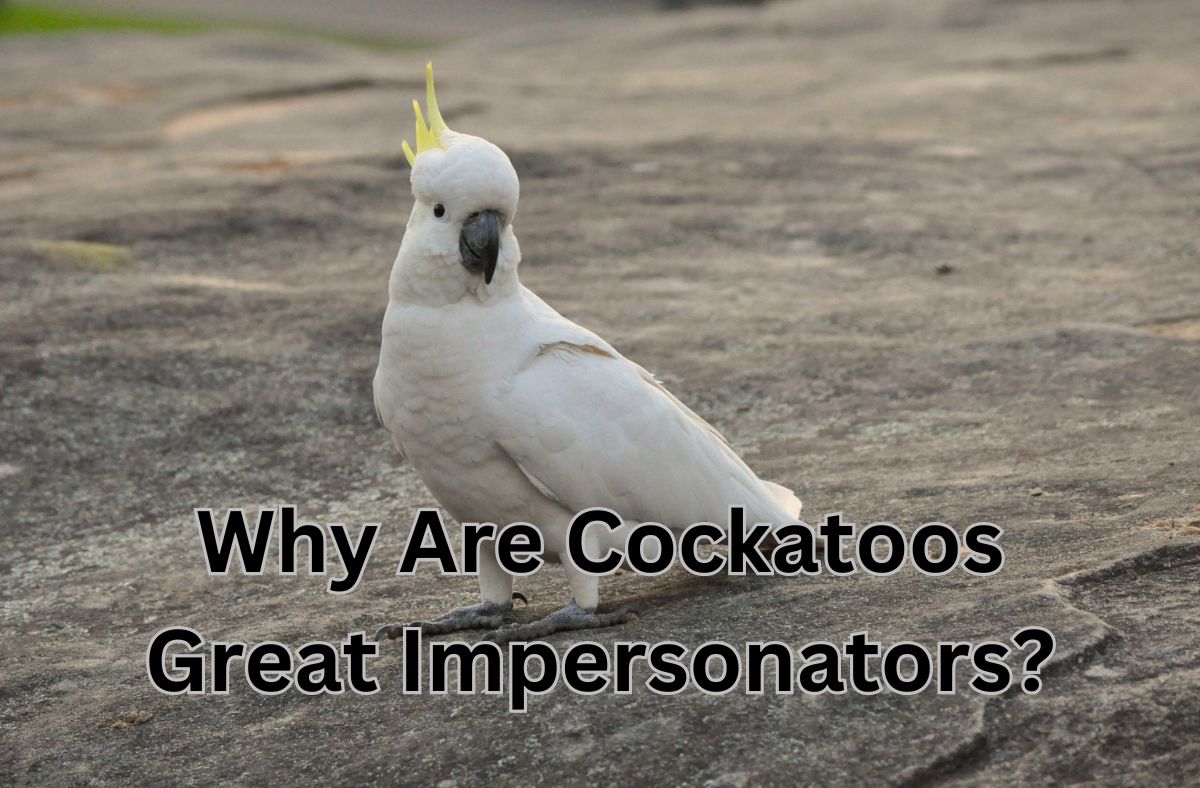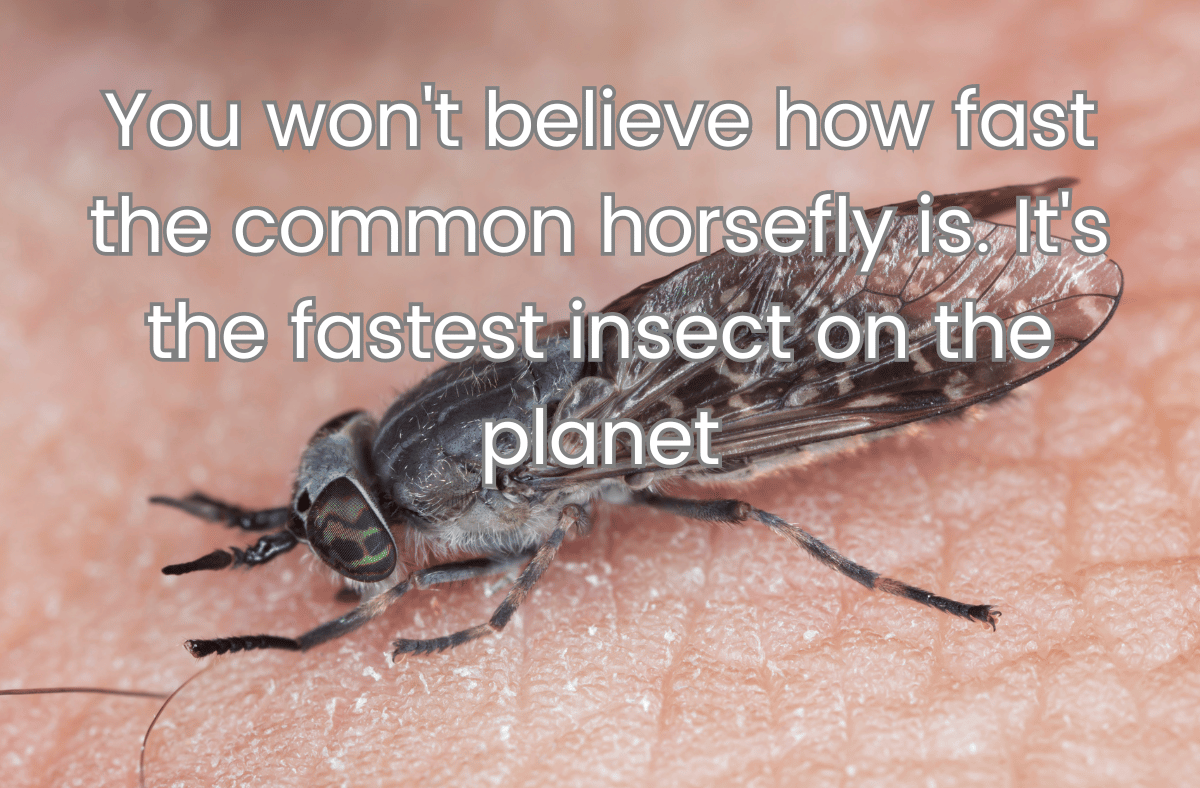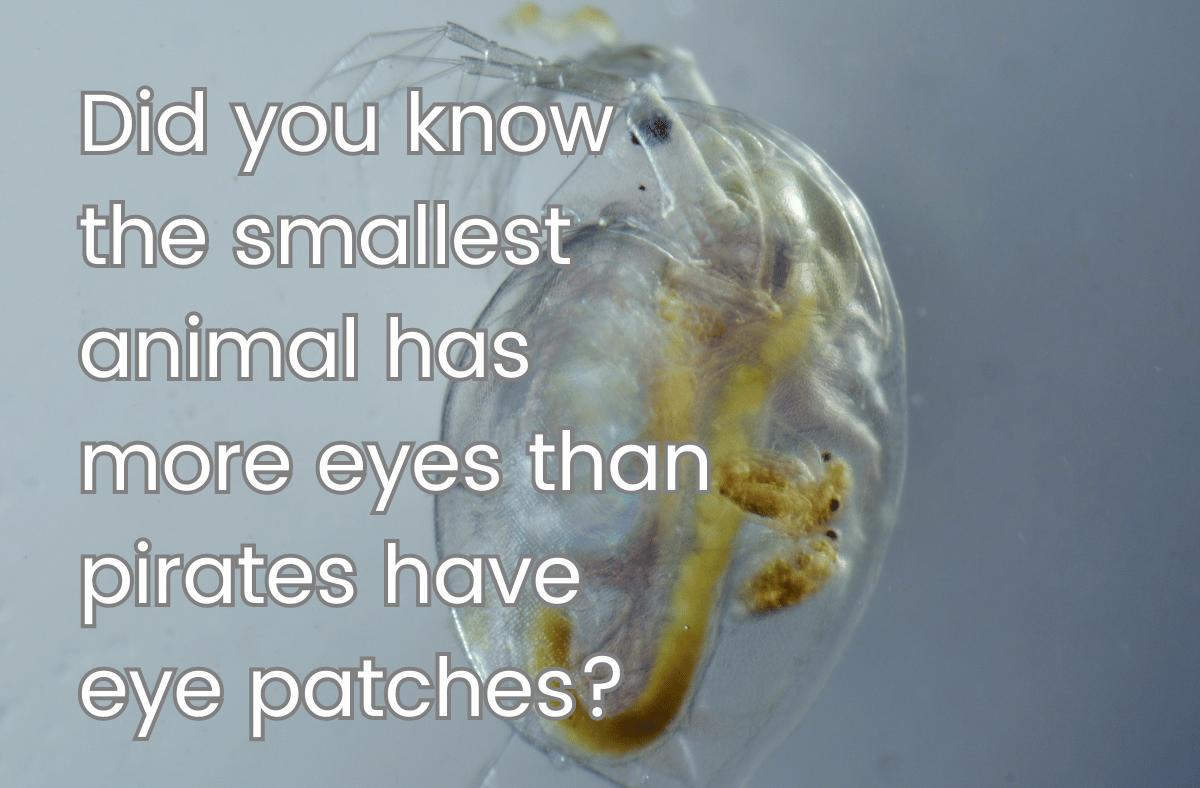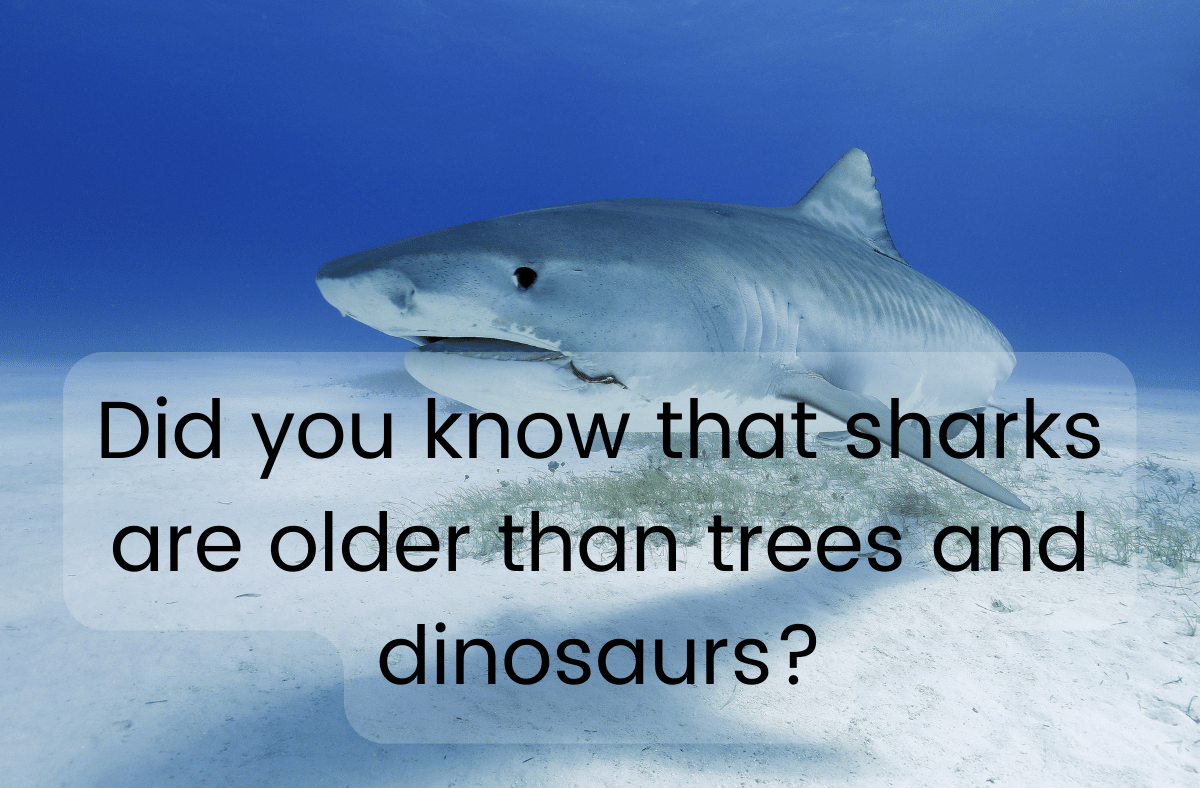Did you know that lobsters can regenerate their limbs? If they lose a claw or a leg, they can grow it back in a few months. That’s right, lobsters are like superheroes of the sea, with the power to heal themselves from injuries. But how do they do it, and why are they so different from us? Read on to find out more about these fascinating crustaceans.
For those in a hurry
- Lobsters can regenerate legs, claws, and antennae by a process called autotomy.
- Lobsters have indeterminate growth, which means they keep growing throughout their lives.
- Lobsters are not immortal, but they can live up to 70 years or more.
- Lobsters come in different colors, such as blue, yellow, red, and even two-toned.
- Lobsters are sexed by examining the first set of appendages behind the walkers.
How lobsters regenerate their limbs
Lobsters belong to a group of animals called decapods, which means they have ten legs. They use their front two legs, called claws or chelae, for catching prey, defending themselves, and communicating. They use their other eight legs, called pereopods or walkers, for crawling on the sea floor.
Sometimes, lobsters lose their limbs due to predation, disease, or fighting. When this happens, they can detach their limb at a special joint called a fracture plane. This is called autotomy, which means self-cutting. Autotomy helps lobsters escape from danger and prevent blood loss.
But don’t worry, lobsters can regrow their lost limbs in a few months. They do this by activating stem cells at the wound site, which form a structure called a blastema. The blastema contains the cells that will develop into the new limb. The new limb grows inside the old shell until the lobster molts, or sheds its exoskeleton. Then, the new limb emerges and hardens over time.
Lobsters can regenerate their legs, claws, and antennae multiple times in their lives. However, the new limb may not be exactly the same as the original one. It may be smaller, weaker, or have a different shape or color.
How lobsters grow throughout their lives
Unlike humans, lobsters don’t stop growing when they reach adulthood. They have indeterminate growth, which means they keep getting bigger and bigger as long as they live. Scientists estimate that some lobsters can weigh up to 20 kilograms (44 pounds) and measure up to one meter (3 feet) long.
But growing so big comes at a cost. Lobsters have to molt their shells periodically to make room for their expanding bodies. Molting is a stressful and risky process that requires a lot of energy and exposes lobsters to predators and infections.
Lobsters molt by secreting enzymes that soften their shells and joints. Then, they crack their shells open and squeeze out of them. They also shed the membranes that cover their eyes and digestive organs. After molting, lobsters are soft and vulnerable until their new shells harden. This can take several weeks or months, depending on the size and age of the lobster.
Lobsters molt more frequently when they are young and growing fast. They may molt several times a year until they reach legal size (about 8 centimeters or 3 inches long). After that, they molt less often, maybe once a year or less. The largest and oldest lobsters may molt only once every few years.
How lobsters live long but not forever
Lobsters are among the longest-lived animals on Earth. They can live up to 70 years or more in the wild. Some scientists think that lobsters may even be biologically immortal, meaning that they don’t age or die of old age.
One reason for this theory is that lobsters have an enzyme called telomerase that repairs their DNA. DNA is the molecule that carries genetic information in every cell. Every time a cell divides, some of its DNA gets lost or damaged at the ends, called telomeres. This causes aging and diseases in most animals.
But lobsters have high levels of telomerase that prevent their telomeres from shortening. This means that their cells can keep dividing without losing vital information. This may explain why lobsters don’t show signs of aging such as reduced fertility, slower metabolism, or weaker immune system.
However, lobsters are not truly immortal. They still face many threats that can kill them before they reach old age. These include predators (such as humans), diseases (such as shell rot), parasites (such as barnacles), and environmental changes (such as pollution).
Another factor that limits the lifespan of lobsters is their molting. As lobsters grow bigger, they need more energy and resources to molt. Eventually, they reach a point where molting becomes too costly and risky. They may die of exhaustion, infection, or predation during or after molting. Some experts estimate that 10 to 15 percent of lobsters die this way.
How lobsters come in different colors
Lobsters are usually blue-green in color, which helps them blend in with their surroundings. But sometimes, lobsters can have different colors due to genetic mutations or environmental factors. These include blue, yellow, red, white, and even two-toned.
Blue lobsters have a mutation that causes them to produce more of a pigment called crustacyanin. This pigment masks the other pigments that give lobsters their normal color. Blue lobsters are very rare, occurring in about one in two million.
Yellow lobsters have a mutation that causes them to produce more of a pigment called astaxanthin. This pigment gives lobsters their red color when cooked. Yellow lobsters are even rarer than blue ones, occurring in about one in 30 million.
Red lobsters have a mutation that causes them to produce more of both crustacyanin and astaxanthin. This makes them look like they are already cooked. Red lobsters are extremely rare, occurring in about one in 100 million.
White lobsters are true albinos, meaning that they lack any pigments at all. They have pink or blue eyes instead of the usual black. White lobsters are the rarest of all, occurring in about one in 100 million.
Two-toned lobsters have half of their body one color and the other half a different color. This happens when the lobster has two different sets of genes, one from each parent. This condition is called gynandromorphy or bilateral gynandromorphism. Two-toned lobsters are very rare, occurring in about one in 50 million.
How lobsters are sexed
Lobsters have separate sexes, meaning that there are male and female individuals. They reproduce by internal fertilization, where the male transfers sperm to the female using specialized appendages called gonopods or pleopods.
Lobsters can be sexed by examining the first pair of pleopods behind the walkers. The male pleopods are hard and bony, while the female pleopods are soft and feathery. The female pleopods also have a notch at the base where the eggs are attached.
Another way to sex lobsters is by looking at their tails. The female tail is wider and flatter than the male tail, to accommodate the egg mass. The female tail also has more swimmerets (small appendages) than the male tail.
Lobster facts: Lobsters can regenerate their limbs, grow throughout their lives, live long but not forever, come in different colors, and have separate sexes.



